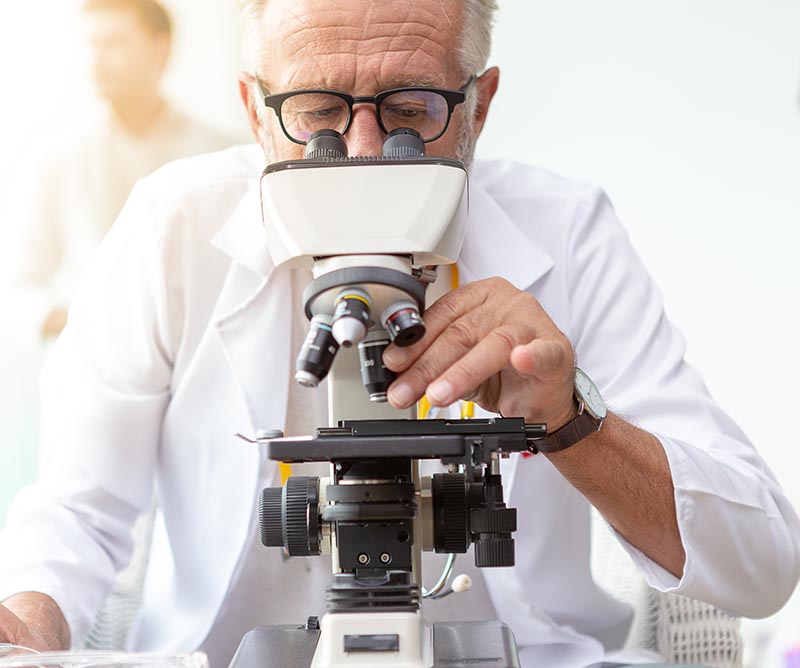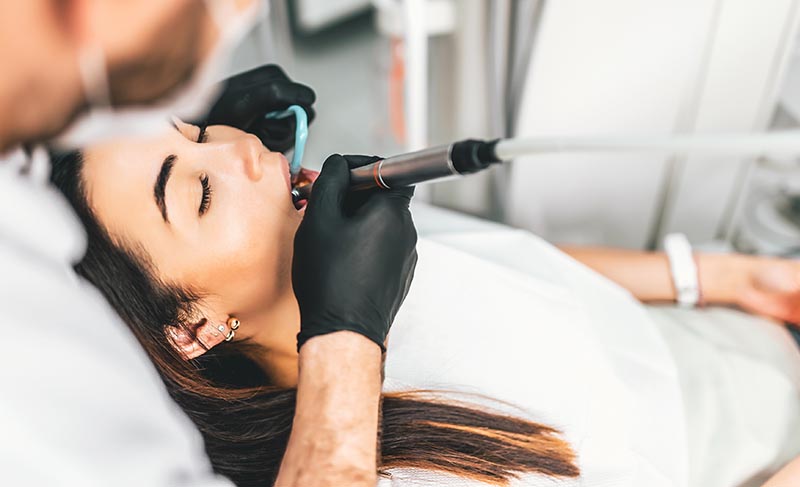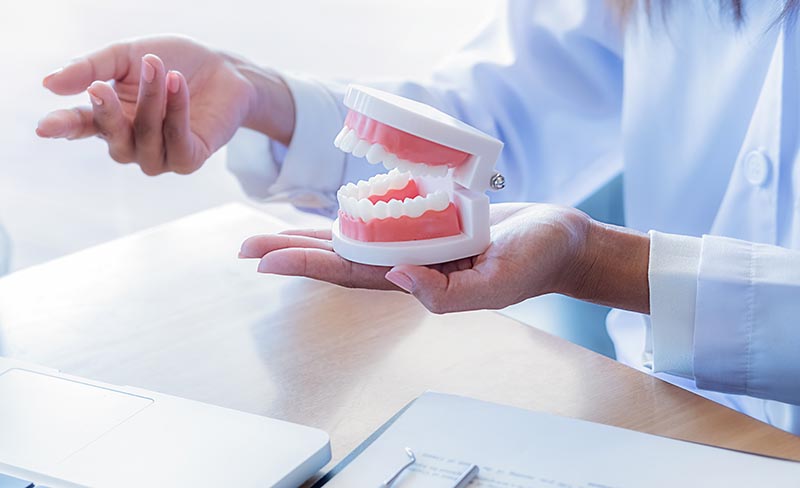Download The Ultimate Guide to Sustainable Dentistry eBook
From Dr. Jeffrey Etess and our friends at Integrative Dental Specialists!
Platelet-Rich Fibrin
Platelet-Rich Fibrin (PRF) is exactly what its name suggests. The substance is a by-product of blood (plasma) that is rich in platelets. Until very recently, its use has been confined to the hospital setting. This was due mainly to the cost of separating the platelets from the blood (thousands) and the large amount of blood needed (one unit) to produce a suitable quantity of platelets. New technology permits the doctor to harvest and produce a sufficient quantity of platelets from only 10 cc of blood drawn from the patient while they are having outpatient surgery in our office.
Why all the excitement about PRF?
Platelet Rich Fibrin permits the body to take advantage of the normal healing pathways at a greatly accelerated rate. During the healing process, the body rushes many cells and cell-types to the wound in order to initiate the healing process. One of those cell types is platelets. Platelets perform many functions, including formation of a blood clot and release of growth factors (GF) into the wound. These GF (platelet derived growth factors PGDF, transforming growth factor beta TGF, and insulin-like growth factor ILGF) function to assist the body in repairing itself by stimulating stem cells to regenerate new tissue. The more growth factors released sequestered into the wound, the more stem cells stimulated to produce new host tissue. Thus, one can easily see that PRF permits the body to heal faster and more efficiently.


A subfamily of TGF, is bone morphogenic protein (BMP)
MP has been shown to induce the formation of new bone in research studies in animals and humans. This is of great significance to Dr. Etess who places the dental implants. By adding PRF, and thus BMP, to the implant site with bone substitute particles, Dr. Etess can now grow bone more predictably and faster than ever before.
PRF has many clinical applications:
- Bone grafting for dental implants. This includes onlay and inlay bone grafts of the mandible and maxilla, sinus lift procedures, and ridge augmentation procedures
- Repair of bone defects creating by removal of teeth or small cysts.
- Repair of fistulas between the sinus cavity and mouth


PRF also has many advantages:
- PRF is a by-product of the patient’s own blood, therefore, disease transmission is not an issue.
- Convenience: PRF can be generated in the doctor’s office while the patient is undergoing an outpatient surgical procedure, such as placement of dental implants.
- Faster healing: The supersaturation of the wound with PRF, and thus growth factors, produces an increase of tissue synthesis and thus faster tissue regeneration.
- Cost effectiveness: Since PRF harvesting is done with as little as 10 cc of blood(one tube) in our office, the patient need not incur the expense of the harvesting procedure in hospital or at the blood bank.
- Ease of use: PRF is easy to handle and actually improves the ease of application of bone substitute materials and bone grafting products by making them more gel-like.
Frequently Asked Questions about PRF:
-
Is PRF Safe?
- Yes. During the outpatient surgical procedure a small amount of your own blood is drawn out via a small butterfly needlee, the same way it is done when your medical doctor orders a blood test. This blood is then placed in the PRF centrifuge machine and spun down. In less than fifteen minutes, the PRF is formed and ready to use.
-
Should PRF be used in bone-grafting cases?
- Not always. In some cases, there is no need for PRF. However, in the majority of cases, application of PRF to the graft will increase the final amount of bone present in addtion to making the wound heal faster and more efficiently.
-
Will my insurance cover the costs?
- Unfortunately no. Insurance companies worry about their own financial bottom line, not your welfare. Our office will do everything we can to get your maximum reimbursement of your other procedures associated with your specific treatment though!
-
Can PRF be used alone to stimulate bone formation?
- A resounding “YES”! PRF can be used alone or in some situations can be mixed with either the patient’s own bone, a bone substitute material such as demineralized, freeze-dried bone, or a synthetic bone-product.
-
Are there any contraindications to PRF?
- Very few. Obviously, patients with bleeding disorders or hematologic diseases may not qualify for this in-office procedure.
 Request Appointment
Request Appointment